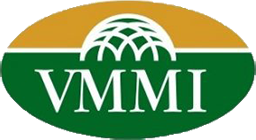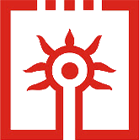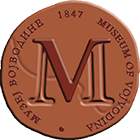Ruthenians have been living in the territory of present-day Serbia for more than 260 years. In their rich tradition, 17th January, 1751 is remembered as a special date. On that day, the Administrator of the Colonial Estates of the Habsburg Monarchy in Bačka, Franz Joseph de Redl, signed the Agreement for Settlement on the Veliki Krstur Heath. After consultations in the Ruthenian community the date was accepted as a national holiday, and the Decision was made at the National Council of the Ruthenian National Community meeting in April 2007, together with the Decision on the national symbols of Ruthenians in Serbia.
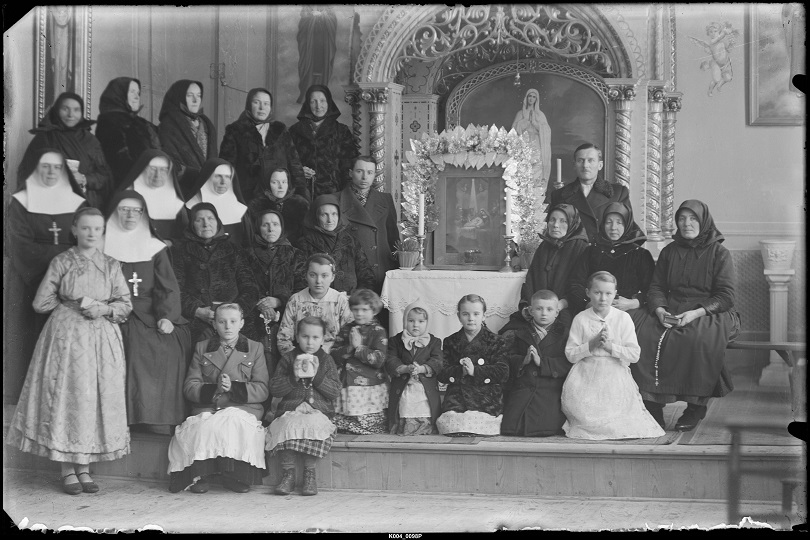
ORIGIN AND SETTLEMENT
Ruthenians moved to the territory of present Serbia from the North-East districts of former Hungary which are now in Eastern Slovakia, Transcarpathian Ukraine and Hungary. In 1484 the Ruthenian community consisted of 8.500 people who lived in Ruski Krstur, Kucura, Novi Sad, Šid, Berkasovo, Stari Vrbas, Petrovci and Mikluševci (present Republic of Croatia). Later the number of Ruthenians in Đurđevo and Gospođinci grew; the Ruthenian colonies in Bačinci, Bikič Dol, Sremska Mitrovica, Novo Orahovo and Subotica were formed as well.

After the First World War, 21 representative of the Ruthenian community participated at the Great Popular Assembly concerning coalescence of Vojvodina to the Kingdom of Serbia on the 25th of November, 1918 in Novi Sad.
LANGUAGE AND SCRIPT
As far as historical origin is concerned Ruthenians belong to Eastern Slavs. They use Cyrillic writing, and the Ruthenian language is considered to be the youngest literary Slavic language. It was officially codified in 1923 in the ‘Grammar of the Bačka-Ruthenian Speech’ by Dr. Havrijil Kosteljnik, one of the most educated and distinguished Vojvodinian Ruthenians.
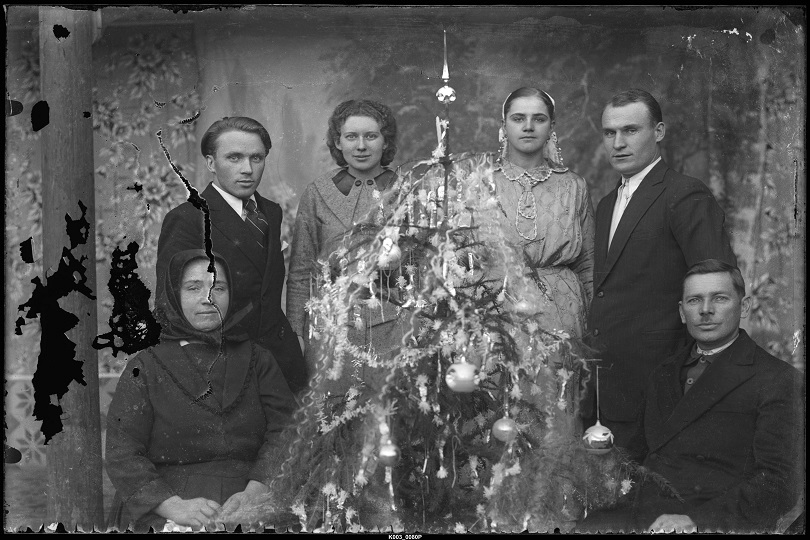
RELIGION
Ruthenians are Greek-Catholics. Greek-Catholics acknowledge the Roman Catholic Pope as their spiritual leader, cherishing the Eastern rite and customs, and they use Church Slavic books. The first parish was founded in Ruski Krstur in 1751. In 1777 the Bishopric of Križevci was founded for all Greek-Catholics in Croatia and Ruthenians in Bačka. Within church organization, nowadays, Ruthenians have the Greek-Catholic Diocese of St. Nicolas in Ruski Krstur.
EDUCATION
The first Ruthenian, confessional school at the time, was founded in Ruski Krstur in 1753 and today there is an education vertical in the Ruthenian language from preschool to faculty education. The Department for the Ruthenian Language and Literature, now called the Department for Ruthenian Studies, was founded in 1982 at the Faculty of Philosophy, University of Novi Sad. In Ruski Krstur there is the only secondary school in Ruthenian language in the world. According to the official statistics there are no illiterate Ruthenians, and more than 10% of the population has completed tertiary education.
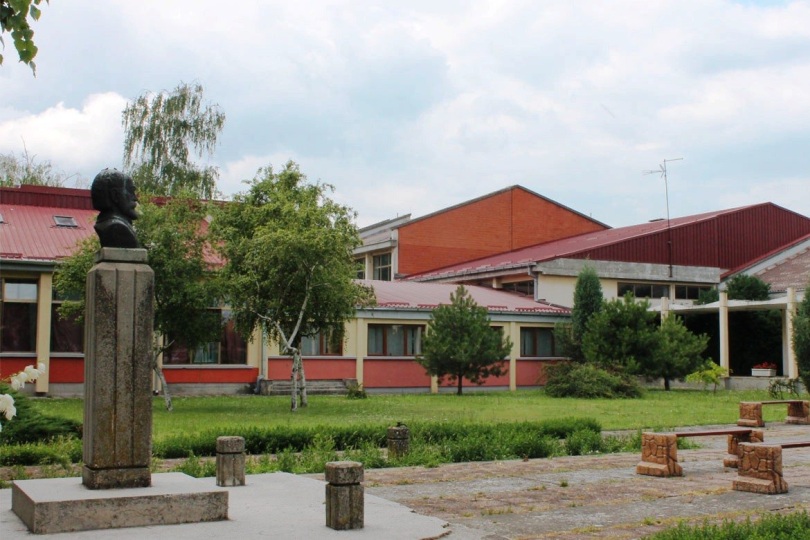
NURTURING NATIONAL CULTURE
Their authentic cultural and national revival Ruthenians experienced after the foundation of the Ruthenian National Educational Society in 1919 and today whole social structure is institutionally organized through the National Council of the Ruthenian National Community in Serbia. Cultural Arts Associations in all the places where Ruthenians live.

In order to preserve, promote and develop the culture of the Vojvodinian Ruthenians, the APV Assembly and the National Council of the Ruthenian National Community established the Cultural Institute Vojvodinian Ruthenians in 2008.
MEDIA
The first Ruthenian Calendar was published in 1921, and the Ruthenian Newspapers in 1924. They have been traditionally published since then by the Newspaper Publishing Institution ‘Ruske Slovo’. The first book in the language of the present-day Ruthenians, the poetic wreath ‘From My Village’ by Havrijil Kosteljnik was published in 1904.
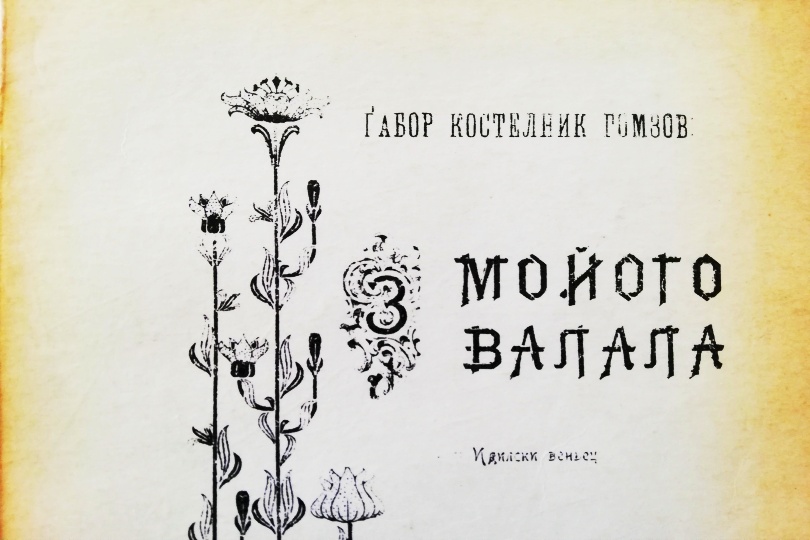
Within the Public service – RUV, the Ruthenian Editorial Board has existed for more than 60 years in the Novi Sad Radio and more than 30 years in the Novi Sad TV, now Television of Vojvodina.
RUTHENIANS TODAY
Ruthenians can be pride themselves on a great number of intellectuals and artists who work and create all over the country. The most distinguished among them are members of the Serbian Academy of Sciences and Arts, the Vojvodinian Academy of Sciences and Arts, the Ukrainian National Academy of Sciences and the World Academy of Ruthenians. Many acknowledgements and prizes awarded by the Republic of Serbia for high scientific and artistic achievements are evidence of the value of the Ruthenian creators. There is a respectable number of Doctors of Science and Masters at the University of Novi Sad and the University of Belgrade, as well as physicians, engineers, professors, writers, journalists, musicians, actors and sportsmen who are respected in the broader community too.

According to the latest 2011 census in the Republic of Serbia, there are 14,246 members of the Ruthenian national community, predominantly in Vojvodina. Thanks to more than two and a half centuries of life in this region, the Ruthenians hold the Republic of Serbia as their home country. At the same time, Ruthenians are also intermediaries in Serbia’s relations with the regions and countries of Central and Eastern Europe, where their historical roots are located as well.
You can read more about Ruthenians here.











